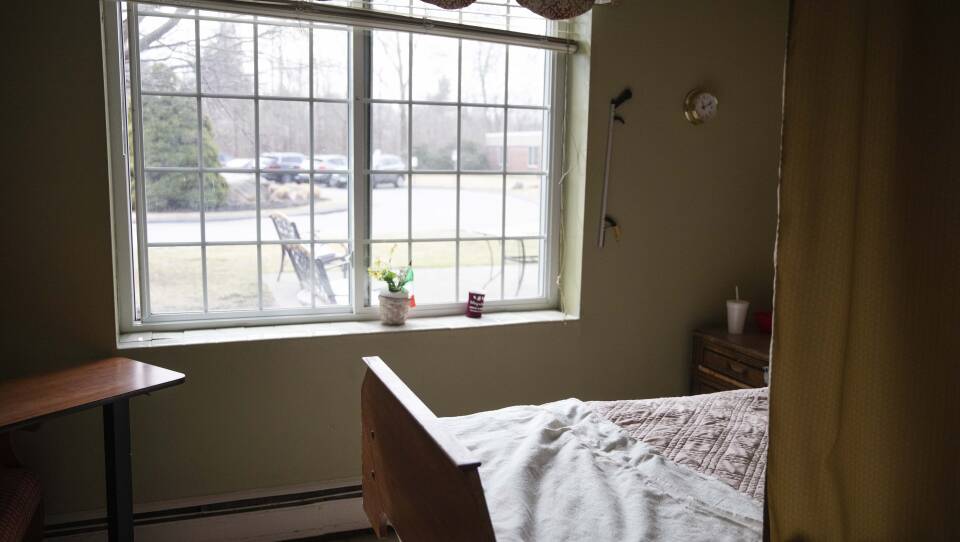The COVID-19 pandemic has exposed weaknesses in how we care for older adults, but one care model has stood out as a success story, with important lessons for both senior care and disease management. The advancing Delta variant and the threat posed by future viral pandemics make these lessons anything but academic.
The Program of All-Inclusive Care for the Elderly, or PACE, is a care model for older individuals who need nursing home-level care but can live safely at home — and want to — with the proper support. Funded by Medicare and Medicaid, it’s been in existence for decades but truly demonstrated its value during the pandemic.
PACE’s goal is to keep frail older adults well by relying on individual care plans to manage all care and reduce hospital and nursing home admissions. The most recent analysis of PACE found that it cut nursing home admissions by 14% and shortened the duration of nursing home stays by 20%. PACE works by providing patient-centered, team-based medical care and services, with a special focus on social issues — such as food insecurity, social isolation and lack of access to reliable transportation — that can have a fundamental impact on a person’s health. (Fallon Health operates a PACE in Massachusetts under the name “Summit ElderCare.”)
It’s a model that should be expanded by broadening both eligibility requirements and its geographic footprint. And there are lessons from PACE that could even be applied to other parts of our health care system.
One advantage the PACE model had in fighting the pandemic was its ability to redesign service delivery rapidly. A central element is a brick-and-mortar center that functions as both a day center and primary care setting where older adults can safely spend their day and return home at night. Early in the pandemic, however, Fallon determined that more hospital beds were a more pressing need and converted its center in Worcester into a 22-bed infirmary that allowed us to meet the needs of COVID-positive PACE participants in novel ways.
It provided, for instance, a safe way for them to be discharged from hospitals into a familiar setting designed to provide a skilled level of care as well as end-of-life care. The infirmary also allowed families to visit their COVID-positive loved ones, which was typically not the case at hospitals and nursing homes. Standing up the infirmary required training, staffing, medical equipment and other tasks that could have only happened with the flexibility of the PACE model and a proven partnership between the state and PACE programs.
This flexibility also allowed Fallon to deploy telehealth technology in strategic ways that might not have been apparent before the pandemic. For example, rather than simply using telehealth as an alternative to in-person visits, our PACE care team uses telehealth as a way to triage care and determine whether remote or in-person care is best for the patient’s needs. They also deploy legacy technologies — land lines and fax machines, for example — when participants do not have access to newer technologies such as text or video conferencing. And when in-person care is necessary, members of the PACE care team will meet the participant at home — another example of PACE model flexibility. We also learned that telehealth is especially effective in reaching social justice communities that face barriers to in-person care such as fewer transportation options. During the pandemic, Fallon’s MassHealth members utilized telehealth at a rate twice that of commercial members.
The COVID-19 pandemic was a scourge responsible for the death and suffering of millions of people around the world. It was catastrophic to the older adult population, especially among those in residential facilities. And it may not be done with us yet. But PACE has been a success story. Nationally, participants in PACE had a mortality rate that was a third less than that of nursing homes.
Just as scientists are using the pandemic to figure out new and better ways to identify, contain and treat the spread of disease, we in the health care community are working to identify and incorporate into our health care models the lessons we learned from the pandemic about keeping people and communities healthy and safe. In a world facing future certain but yet-to-be-determined public health threats, the flexibility embedded in the PACE model will become increasingly important.
In large part, however, PACE is an underutilized resource. While PACE’s performance during the COVID-19 pandemic is just the latest testament to its approach, only 2% of the eligible population is enrolled. Nineteen states have no PACE program at all.
All of us in health care — health plans, providers, policymakers and other stakeholders — should do more to get the word out about PACE and ensure that older adults are aware that it’s an option. Massachusetts Secretary of Health and Human Services Marylou Sudders has been a champion of PACE, but PACE participants and their caregivers could benefit from additional champions. We should ensure that the lessons of the COVID-19 pandemic inform how we care for our aging population — and everyone else.
Richard Burke is the president and CEO of Fallon Health.







